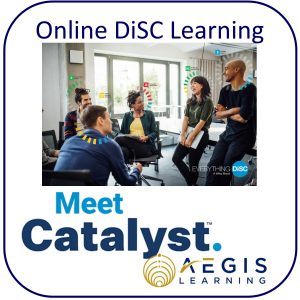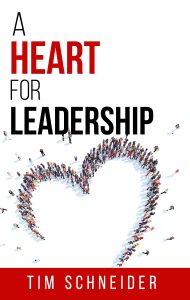“The weak can never forgive. Forgiveness is the attribute of the strong” Mahatma Gandhi
Who and What to Forgive
Showing my age, I remember Schoolhouse Rock on Saturday mornings. A noun is a people, place or thing. Similarly, forgiveness eligibility has the same dynamic. It can be a person, event or yourself.
The easiest to identify population in which to grant forgiveness is other people. Someone does you wrong, they become eligible for forgiveness. This becomes the straightforward process of connecting a hurt to the person inflicting hurt. Angry because you had to correct mistakes of another team member is simple to connect to that team member. Upset because your spouse barked at you can be pinned directly on him or her. Anyone that you attribute wrong or hurt to should be considered for forgiveness.
Events should also be forgiven. These are those times and situations in our lives in which things went wrong. We learned the lessons, hopefully not repeating any of them and now is the time to forgive and move forward in full heart and emotional health. Examples of event forgiveness includes blocks of work and career time, stretches of personal relationships and even single choices made by you or others. Stop talking regret and grant freeing forgiveness.
The hardest forgiveness to grant will be to you. That’s right. Forgiving yourself for your mistakes, poor choices and events in which you were responsible. Many people can grant real forgiveness to others easily but yet hold deep frustrations, regrets, disappointments and worse about themselves. Yes, you caused something bad. You paid the price. Now is time to forgive yourself and get this ugly, caked mud off your heart.
First Time Clearing
The first clearing of past wrongs, including your own, will be the most difficult. Some of these people and event have been living on your heart and influencing your actions for years or even decades. This first event will not be easy and it will not be quick. Depending on the depth of hurt and wrong, you may have to go back and re-forgive a couple of times to truly have it cleared.
As a practice, use this process the first time around:
1. Note three to five people or situations that you need to forgive in your journal.
2. Leave the list alone for a couple of days.
3. Include thoughts of who has wronged you, what dragging baggage you are carrying around, and any situations which still bring you pain or angst, in your daily meditation. Let the thoughts flow freely to you in this setting.
4. Examine the list a second time and add another three to five people or situations that need clearing forgiveness. Ensure that at least two and hopefully more of these are forgiveness of self.
5. Leave the list alone for another couple of days.
6. Take a final look at the list and ensure you have most of who and what needs to be forgiven, including those things you need to grant yourself forgiveness.
7. Next to each item, list a date certain in which you will forgive that person or event or you and release the negativity associated with it. The first date should be within the next day and it should also be the simplest or easiest situation to forgive. The guy that cut you off in traffic and caused a minor irritation should be at the top of the list compared to complex life situations and people that have wronged you greatly. If you are not yet prepared to set a date for all items on your list, that is okay too. And some dates can be out there for a bit of time to allow yourself the reconciliation and readiness to let it go.
8. On the date listed, add the words of forgiveness to your daily meditation. In the simplest form, it would sound like “Today I forgive XXXXX and promise to never let this event influence me” or “Today I forgive XXXXX and promise this event will never influence me again”.
9. Congratulate yourself on this step. Be pleased with you. This is a big thing.
10. After your meditation, say the above aloud and cross it off your forgiveness list. Continue until the list is gone.
The Forgiveness Practice
Beyond the initial clearing described above, events and wrongs happen regularly and need to be forgiven. The quicker you can make the event/person-forgiveness cycle, the healthier your heart and emotional intelligence. With this junk cleared regularly and daily, the room for great emotions, attitude and energy is almost limitless.
During the quiet and clearing portion of your meditation, search for those people or situations that may be weighing on you. Repeat the action steps above and forgive quickly.
As this process becomes a habit, you will be able to grant forgiveness on the fly and make it a natural part of daily self-care.





 Polly Walker is a talented facilitator, coach and expert in process improvement. As the chief innovation officer for Aegis Learning, Polly produces many of the new ideas and creative solutions for workplace learning programs and their delivery.
Polly Walker is a talented facilitator, coach and expert in process improvement. As the chief innovation officer for Aegis Learning, Polly produces many of the new ideas and creative solutions for workplace learning programs and their delivery. Tim Schneider is the founder of Aegis Learning and has been working with teams and leaders for 25 years. He generates results, impact and his sole focus is your success.
Tim Schneider is the founder of Aegis Learning and has been working with teams and leaders for 25 years. He generates results, impact and his sole focus is your success.